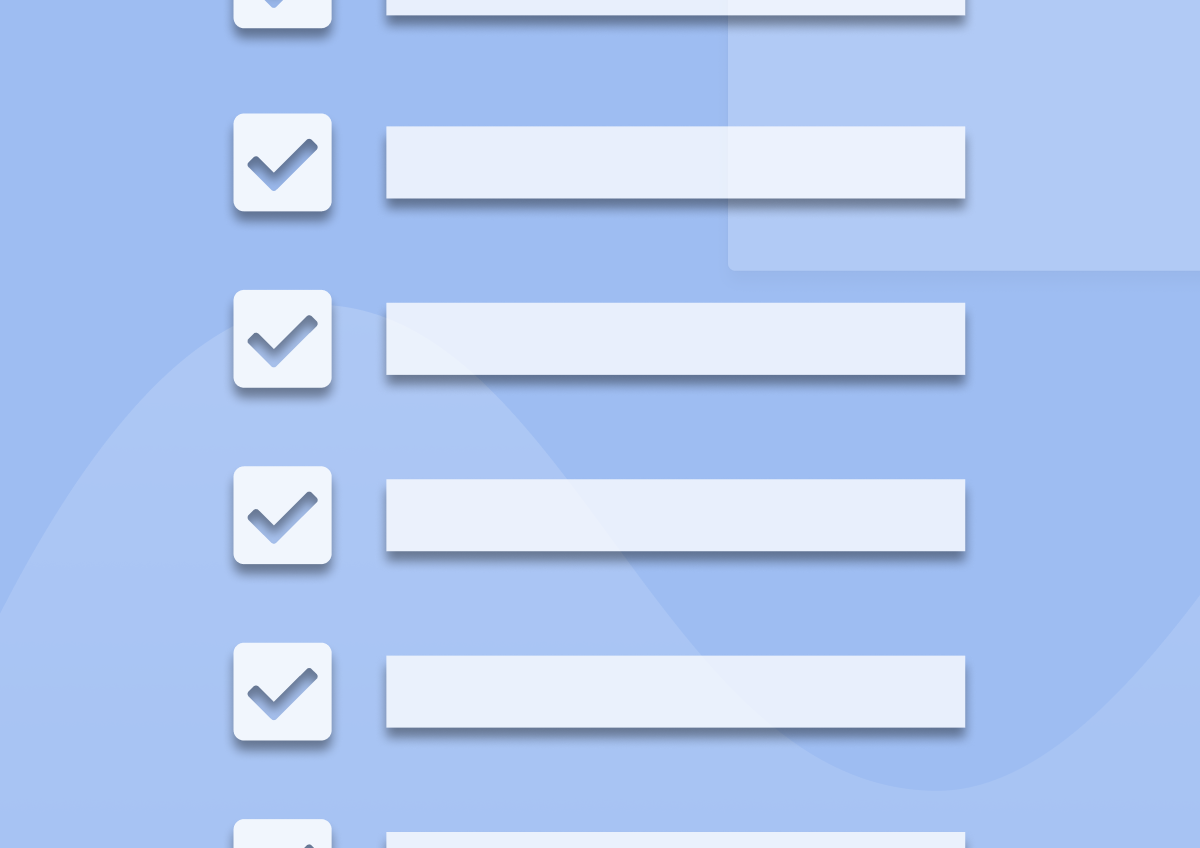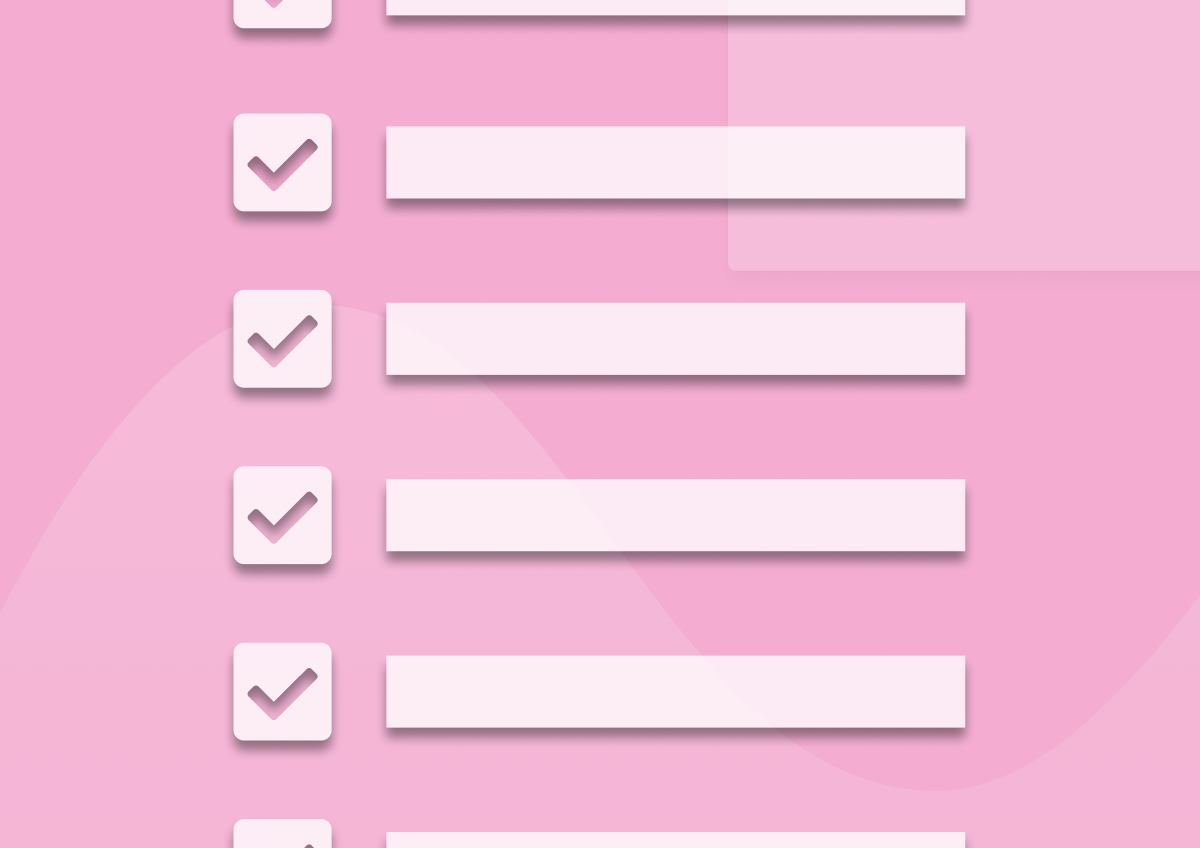How to Measure Customer Satisfaction: A Guide for SaaS Brands
Wondering whether customers love your product as much as you think? Looking for advice on how to measure customer satisfaction to find out once and for all?
Did you know that 67% of customers cite bad experiences as a reason for churn? Yet only 1 in 26 of unhappy customers complain and tell brands about their discontent.
Crazy, huh? It means that customers, most likely, won’t tell you they are not satisfied with your product or service.
They’ll simply leave.
Luckily, there is a way to discover their sentiment before that happens. How? By measuring customer satisfaction.
In this post, you’ll learn how to measure customer satisfaction. In fact, you’ll discover two ways to do so – one passive, another active. Then, I’ll share a step-by-step guide to use the active process for measuring customer satisfaction.
But let’s start at the beginning, shall we?
Why Measure Customer Satisfaction at All?
1. Understand customers’ needs and expectations
You know, measuring customer satisfaction is the best way to also understand their needs and expectations.
Let’s take an example of a successful SaaS to understand better – Notion. This is a popular productivity app with over 4 million users. Ironically, at some point, the productivity app was super-slow by current standards, which attracted tweets like this:

Now, suppose Notion wasn’t actively measuring customer satisfaction (to act on the frustrating parts). In that case, a company like that (with 4 million+ users and a $2 billion valuation) could’ve easily thought, “Yup, we’re on the right path. We will continue with our plan.” without ever considering customers’ actual needs.
Instead, and obviously, Notion considers customer feedback. For example, the tweets about speed issues often got replies like this:

Eventually, the company fixed the speed issues, leading to a better customer experience:

2. Customer dissatisfaction = Low retention rate
For a SaaS business that uses a recurring revenue model, retention rate is the most important performance indicator (KPI). And retention rate entirely depends on customer’s satisfaction with your product, pricing, and customer service.
Don’t believe me? Well, as it turns out, 1 in 3 customers will leave a brand after just one bad experience, and 92% would completely abandon a company after a couple of negative interactions.
On the other hand, if you focus on customer satisfaction and retain even 5% more customers, you’ll increase profits by 25% to 95%.
3. Customer dissatisfaction = Negative word of mouth
Even if you sell your SaaS for a one-time fee and can convince people to buy it, not caring about customer satisfaction leads to a business decline in the long term.
For instance, dissatisfied customers may leave a negative review about your SaaS all over the internet (on G2, Capterra, TrustRadius, etc.). Plus, just like the Notion example, they’ll spread negative word of mouth through social media.
Statistics show users share their bad experiences with about 9-15 people. And it takes about 40 positive customer experiences to undo the damage done by 1 negative review.
How To Measure Customer Satisfaction?
Firstly, you can identify customer satisfaction levels using two ways:
- Passive: The passive way is to gather the data from anywhere and everywhere to then analyze it to kinda/sorta understand customer happiness.
- Active: The active way is to ask customers whether they like your product, service, or experience you provide. And if they don’t, what exactly do they not like?
1. Analyze the data you have
Only 1 in 26 unhappy customers complain. But though they don’t give negative feedback directly, they leave clues. Here are a few ways to pick up those signals:
- Practice social listening: Monitor social media channels to see if customers share about you or ask questions. For example, here’s how Notion users request features through Twitter:

If Notion doesn’t practice social listening, they’ll lose on a ton of valuable feedback.
- Examine information customers provide during support sessions: Your customers might be leaving direct and indirect clues for you when they ask for help. For example, if many people ask for your guidance with setup, it means people find your SaaS setup process complex, which is a dissatisfaction signal. To solve this problem, you can either make the setup process easier or write a guide on setting it up properly.
- Interpret analytics: Numbers like lower conversion rate, higher bounce rate, low retention, etc., are clear signs of customer dissatisfaction. Also, the correlation between two numbers (like the number of support tickets and retention) can help pinpoint where the problem is.
2. Ask customers for feedback.
The more active and straightforward way to measure customer satisfaction is through customer feedback. You can design and send these three customer survey types for your SaaS to find customer satisfaction metrics:
1. CSAT:
A CSAT survey (short for ‘customer satisfaction survey’) is a feedback survey used to measure how satisfied customers are with your product, features, your service, and the overall experience you provide.
These surveys are simple to design and often start with a single Likert scale question (a question that asks customers to choose between two extremes like “Very Unsatisfied” and “Highly Satisfied”) like this:

Customers are asked about their satisfaction level with the overall product/service or a specific experience (like their experience with the setup process, customer support, etc.). Depending on what they choose on the Likert scale (or rating scale), the CSAT software calculates the CSAT score:
CSAT score = (The number of satisfied customers / Total respondents) x 100
Further, a follow-up question is asked based on whether they are satisfied or dissatisfied. It helps pinpoint the exact problems customers are facing. Example questions:
- To satisfied customers: An open-ended question like “What exactly do you like about [Product]?”
- To dissatisfied customers: “How can we improve [Product]?”
2. NPS
NPS (Net Promoter Score) surveys measure customer’s loyalty to your brand by asking about their likeliness to recommend you to a friend, family, or colleague.
Generally, there’s only one rating question (+ the follow-up question), and it goes something like:

The respondent selects between two extremes: 0 = Not likely to recommend at all, and 10 = Extremely likely to recommend your SaaS to a potential customer.
Then, the NPS survey tool measures the net promoter score, which will show how satisfied the customers are with your product or service.
NPS = [(Number of promoters – Number of detractors) / (Total number of respondents)] x 100
Where promoters are ones to respond with 9 or 10 to the NPS question, and detractors give between 0-6. (The remaining ones are called “Passives”)
3. CES
A customer effort score (CES) survey measures the ease of using your product and/or service.
Like I shared in the example earlier, customers might find setting up with your SaaS difficult, which you wouldn’t even know if you don’t ask them or they tell you. And they’ll likely not tell you (remember only 1 in 26 complain?).
Here’s how you ask them:

A question to measure how difficult a feature is to use.
Then, the CES software measures satisfaction level with this formula:
CES = Total sum of responses / Number of responses
Depending on how you frame the question, the higher or lower the score, the easier it is to interact with your SaaS from the customers’ viewpoint.
A Step-By-Step Guide To Measuring Customer Satisfaction
The passive way to measure customer satisfaction doesn’t require you to do anything except analyzing whatever information you already have.
However, if you plan to (and I recommend you do) go active with measuring customer satisfaction using surveys, follow this step-by-step guide:
Step 1: Define your survey goals
Your survey goal will determine the information you get from your customers.
A question like “How satisfied are you with our tool?” is good to see the customer’s overall attitude towards your brand. However, it’ll not get you any actionable, precise feedback.
Therefore, be as specific with your goal as possible. For example, say you launch a new feature. Then, you can send a survey specifically asking about the customer’s experience with that feature to see if you can improve it.
Step 2: Pick the right survey type
I already shared with you the three types of surveys and how to evaluate them. But which one should you use? Ideally, you should send all three throughout the customer journey. Although, here, the survey type will depend on your goal.
Let me clear the similarities and differences between CSAT vs. NPS vs. CES to clarify it further:
The similarities:
- Of course, all three help uncover satisfaction levels among customers.
- For further research, each survey helps segment customers (for example, into ‘satisfied’ and ‘not satisfied’).
- All three also allow evaluation of both long and short-term customer sentiment.
The differences:
- CSAT directly measures customer satisfaction;
- NPS focuses on customer loyalty (which is a result of customer satisfaction);
- CES evaluates user-friendliness (which can lead to further satisfaction).
Understood? Now, choose the one(s) that serves the goal.
Let’s continue with the previous example. If you want to know the customer’s opinion about the new feature and how you can better it, NPS isn’t necessary. CSAT can be helpful, but you should start with CES to see if the feature is working correctly. For instance, if it was an add-on, ask whether the customer had any issues installing it.
Step 3: Send the survey to the right place, at the right time
You need feedback in both quantity and quality. The question you ask and the survey type you choose will determine the quality of customers’ answers.
To get the maximum possible response rates, you have to send the survey to the right place and at the right time.
The right time:
The right time depends on the survey type and survey goal. For example, if you build an add-on for your SaaS and want feedback about the installation process, send the CES survey immediately after the customer successfully sets it up.
[For more information about timing the surveys right, check out my articles:
- Best Time to Send NPS Survey: The Ultimate Guide with Examples
- CSAT Survey Frequency: When and How Often to Send a CSAT Survey]
The right place:
Again, the right place depends on your survey goal and type.
You can send surveys via in-app widget, email, live chat, etc. You can also create a survey landing page, where customers can voluntarily leave feedback.
For the add-on example, sending through an in-app popup on successful installation might be a good idea.
Step 4: Analyze the survey results
If you follow the first three steps, you’ll get actionable feedback. Now, you need to capture the key insights from all the feedback. I’ve already discussed at length how to interpret CSAT survey results and NPS survey results. Check those out if you’d like, but here’s the essence of it:
- First, determine the warning levels. How important is it to take action? If the satisfaction score is low, take action immediately.
- Look for patterns: You can divide survey results by the respondent’s characteristics (their location, demographic, psychographics, etc.) and by the responses (specific negative keywords that show up — for example, Notion would’ve noticed “slow” if they’d run surveys).
- Make an action plan: Based on what the patterns suggest, consult relevant team members and make an action plan to improve customer satisfaction.
Step 5: Improve customer satisfaction
This is the most crucial step. The only reason to measure customer satisfaction should be to improve it. Which, of course, leads to positive word of mouth, a higher retention rate, and more revenue.
Conclusion
Customers are at the core of any business. If you do not rate their satisfaction and try to improve those ratings, they’ll leave sooner or later.
Therefore, keep gauging customer satisfaction with the passive and active methods I shared in this article.
Good luck!









